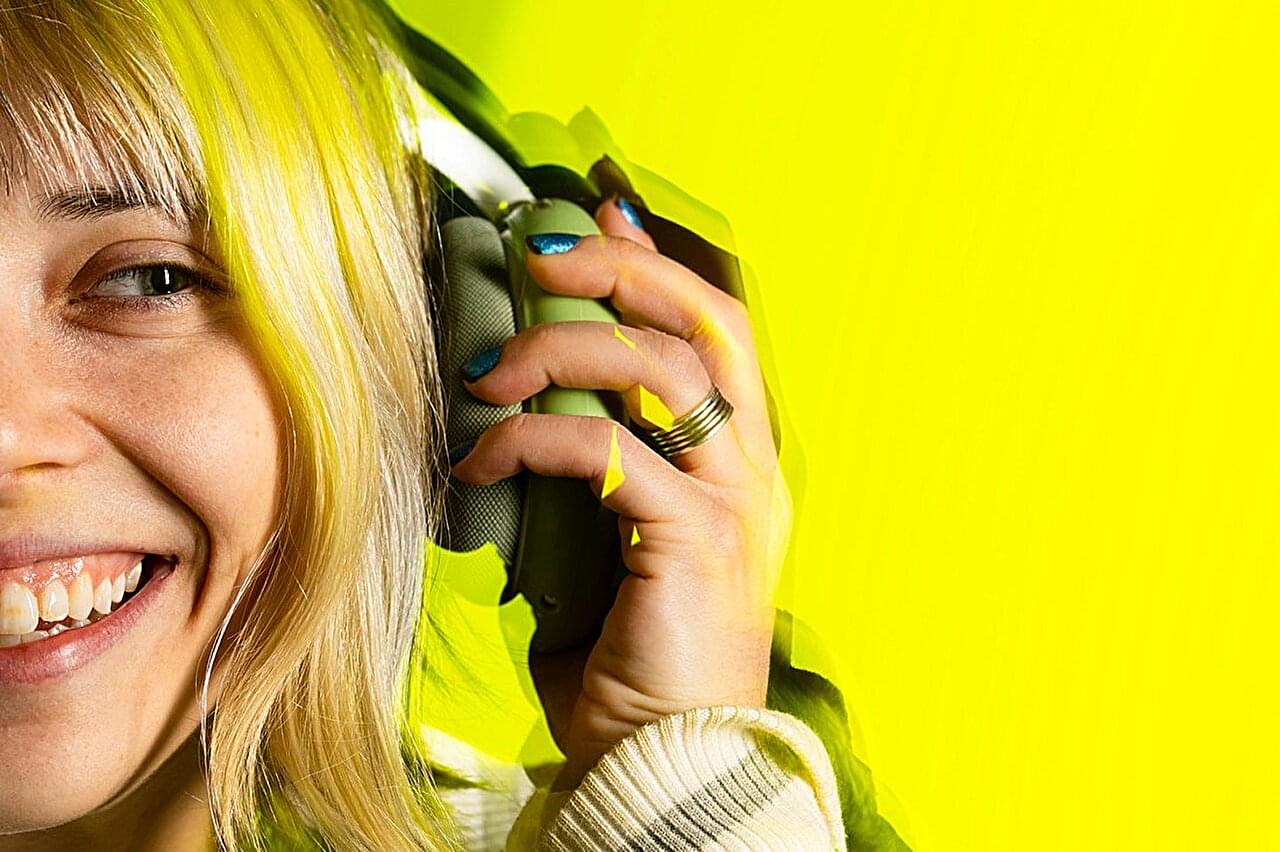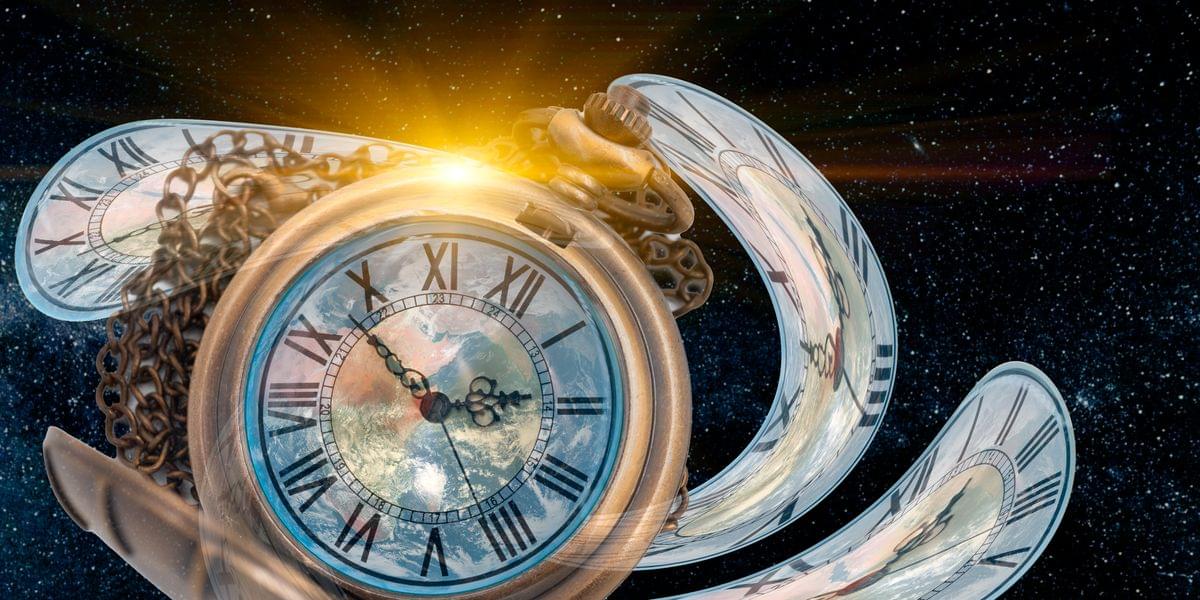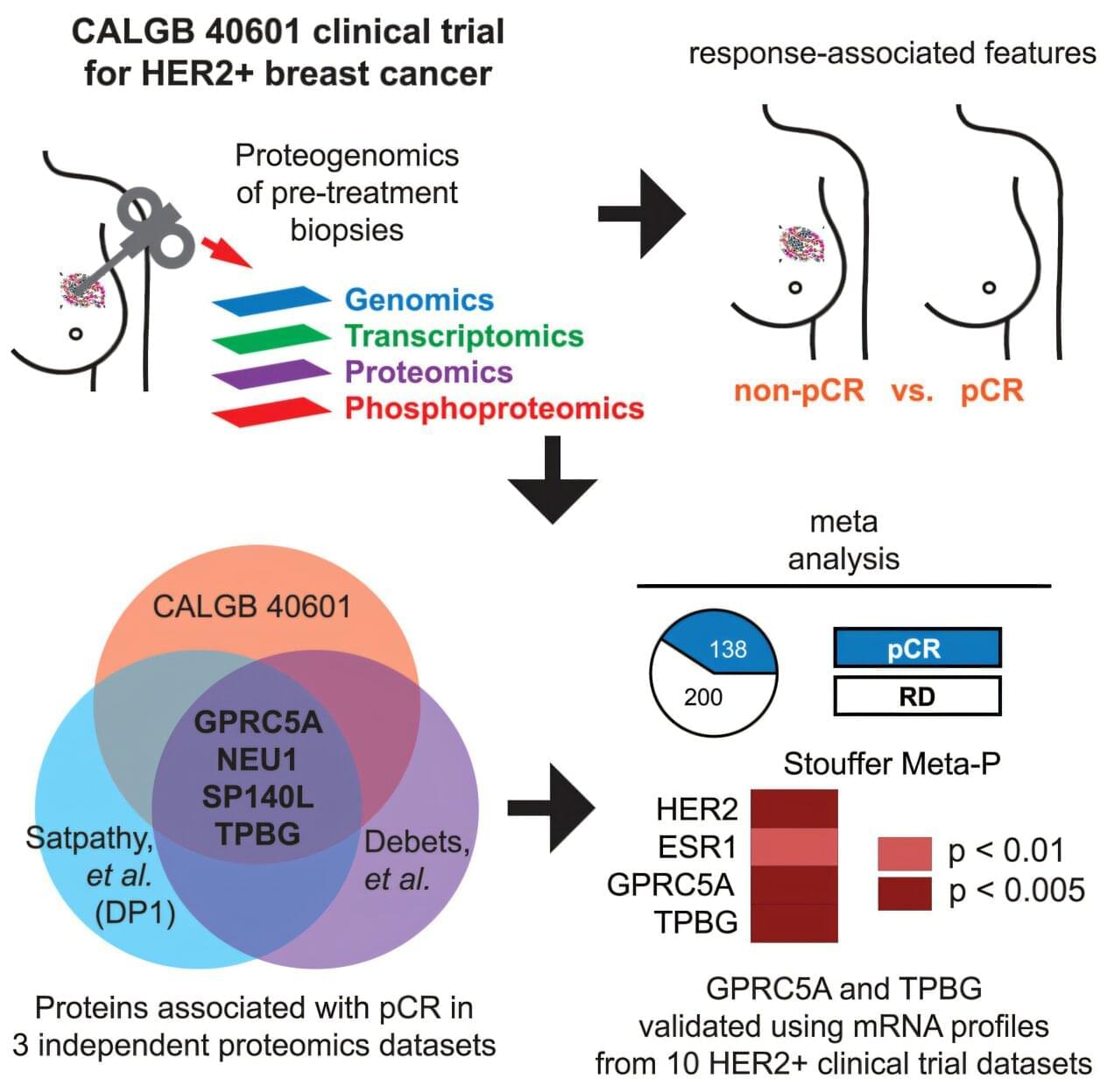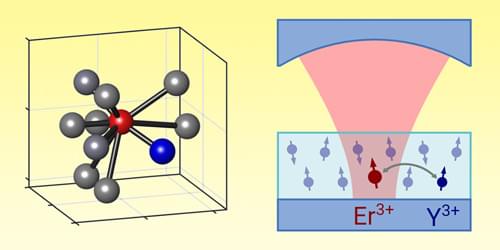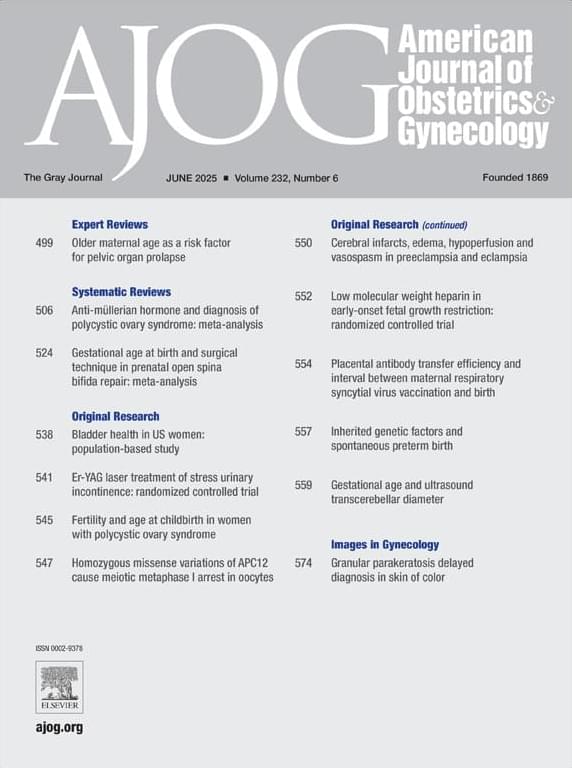A study led by Northeastern University professor Jonathan Peelle with researchers from across the globe has confirmed that people’s ability to detect background sounds varies from person to person, and is influenced by the noise that came before the sounds.
Peelle’s large-scale replication of a 10-year-old study involved 25 labs across 10 countries and included 149 participants. The findings are published in the journal Royal Society Open Science.
About a decade ago, a research paper suggested that some people are better at picking out background sounds than others, and that this ability depends on the surrounding noise. But the study’s findings were based on data from just five participants, each completing a five-hour task.
